India’s like jumping into the deep end of travel. The country hits you with sensory overload that can be overwhelming yet magical at the same time. For solo backpackers, India offers an incredible mix of ancient temples, bustling markets, diverse landscapes — and some of the most welcoming people you’ll ever meet. It’s also a place where things rarely go according to plan, which becomes part of the adventure.
Solo travel in India requires a different approach than other destinations. The country runs on its own timeline, and what seems chaotic at first often has its own rhythm once you tune in. Here’s a list of 17 essential tips that’ll help you navigate India like a seasoned traveler.
Start with the Golden Triangle
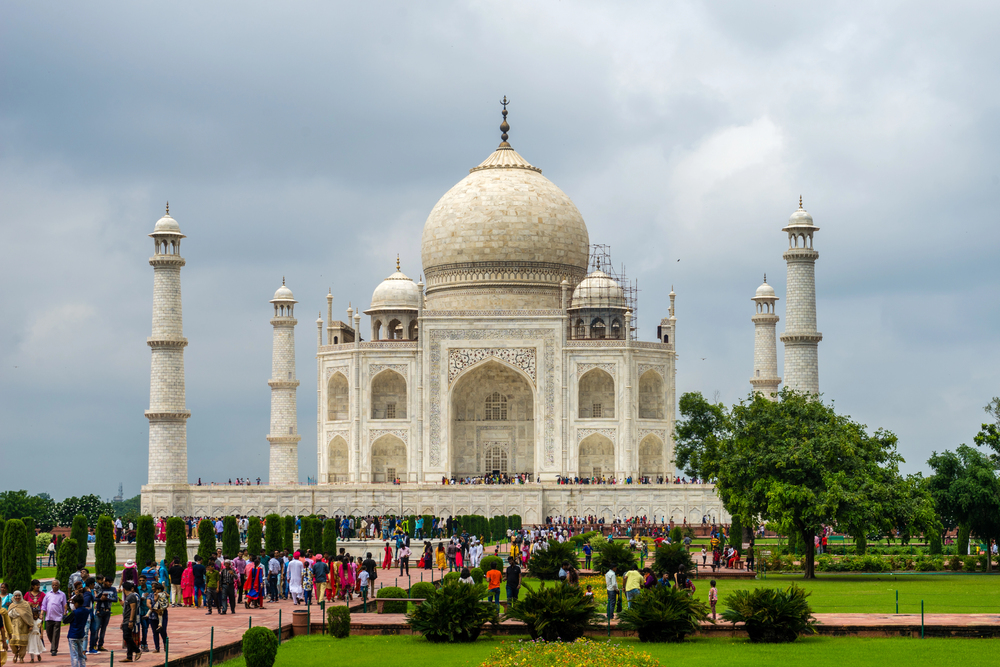
— Photo by storyteller2k20
The Golden Triangle (Delhi, Agra, Jaipur) serves as India’s training wheels for new visitors. These three cities are well-connected by trains and buses — making logistics easier when you’re still figuring out how things work. You’ll get your first taste of India’s incredible history while staying in areas with plenty of tourist infrastructure. Plus, seeing the Taj Mahal early in your trip sets the bar pretty high for everything that follows.
Master the Art of Train Travel
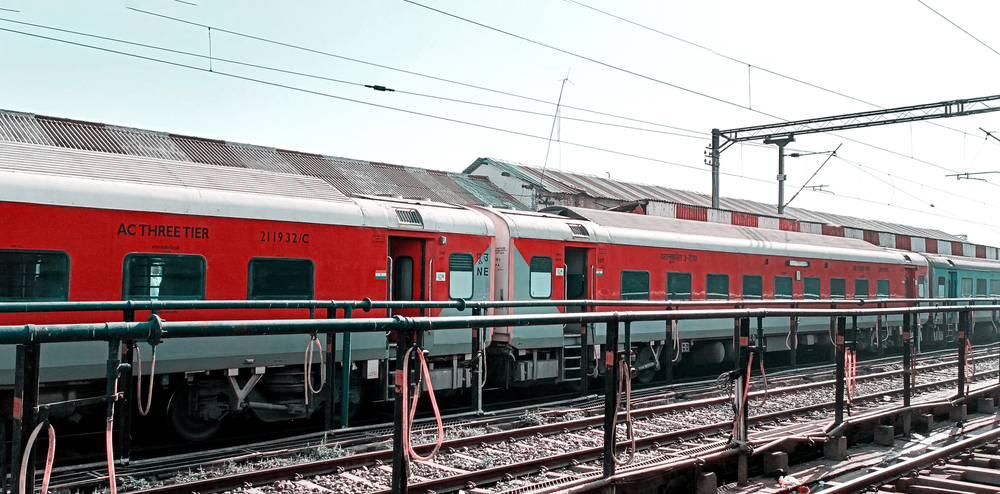
Indian trains are like mobile cities with their own ecosystem. Book your tickets through the official IRCTC website or app, but always carry a printed copy as backup. The different classes can be confusing initially — but 3AC (third AC) offers a good balance of comfort and price for overnight journeys. Train food is surprisingly decent, and chai vendors walking through the carriages become your best friends during long rides.
Embrace the Chaos of Auto-Rickshaws
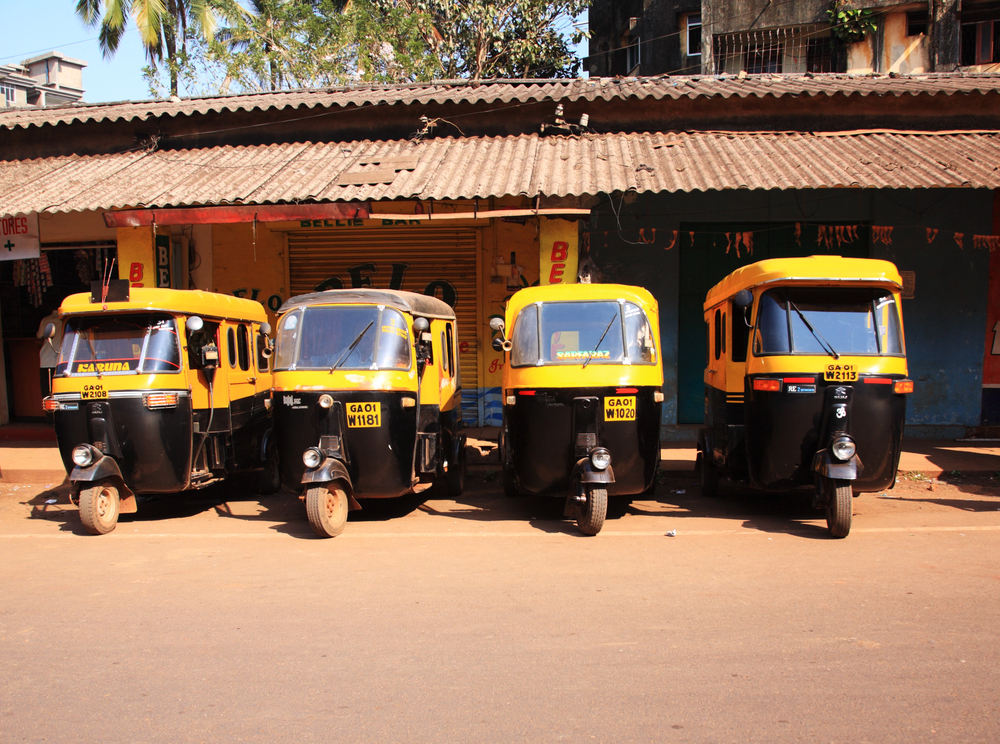
Auto-rickshaws are India’s answer to taxis, but they come with their own rules. Always negotiate the fare before getting in — or insist on using the meter if it’s working. A good rule of thumb is to pay about half of what the driver initially quotes. Don’t take it personally if they try to detour you to a shop they recommend — it’s just business. Keep small bills handy because they never seem to change.
Download Offline Maps and Translation Apps

DepositPhotos
Internet can be spotty in many parts of India — so download offline maps for the areas you’re visiting. Google Translate’s camera feature is incredibly useful for reading signs in local languages, while the voice translation works well for basic conversations. Apps like Maps.me work great offline and often have more detailed information about local businesses than Google Maps. Having these tools ready can turn a potentially frustrating situation into a manageable one.
Pack Light but Smart
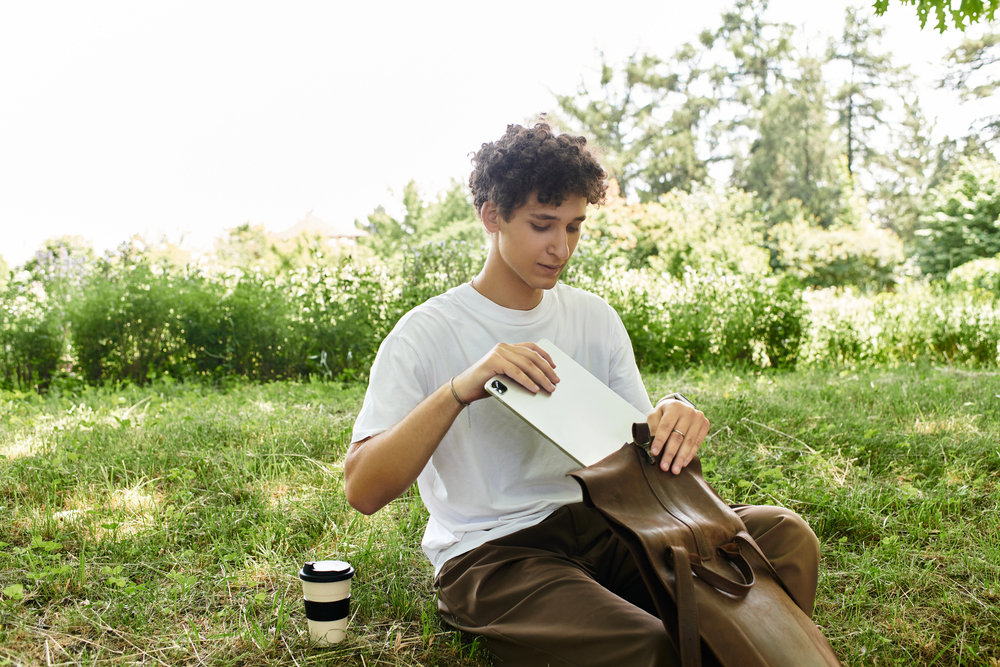
India’s diverse climate means you’ll need clothes for everything from mountain cold to desert heat. Pack layers rather than bulky items — and bring at least one nice outfit for temple visits and upscale restaurants. A good daypack is essential for exploring cities and taking day trips. Don’t forget a portable phone charger; power outages are common, and you’ll be using your phone constantly for navigation and translation.
Stay in Budget Guesthouses and Hostels
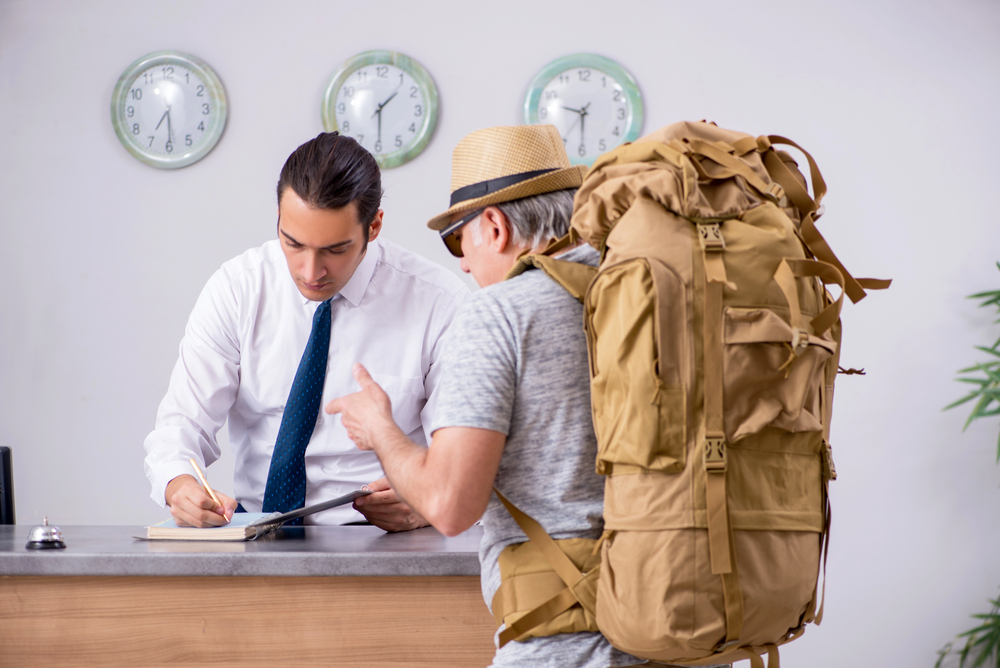
India’s budget accommodation scene is fantastic — with clean hostels and guesthouses available for as little as $5-10 per night. Many places offer free breakfast and have common areas where you can meet other travelers. Book the first few nights in advance, though after that, you can often find good places by just walking around. Always check the room before paying, and don’t be afraid to negotiate, especially for longer stays.
Learn Basic Hindi Phrases
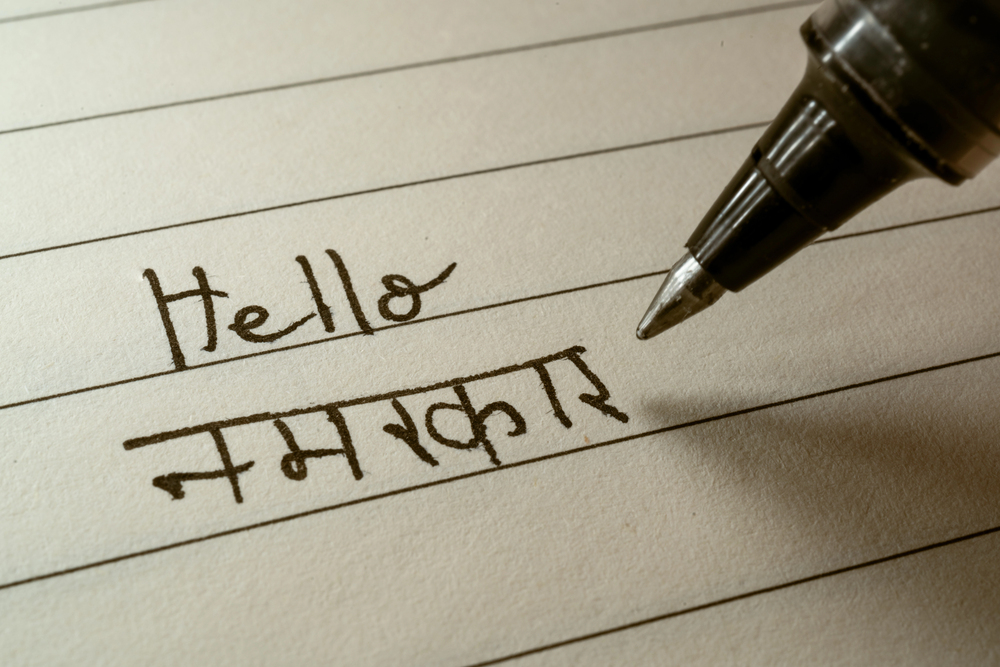
A few Hindi phrases go a long way in India. ‘Namaste’ (hello/goodbye), ‘dhanyawad’ (thank you), and ‘kitna’ (how much) are incredibly useful. Even attempting to speak Hindi gets you respect — and often better prices. Many Indians speak English, yet showing effort to communicate in their language creates instant connections. Write down your destination in Hindi script to show taxi drivers; it eliminates confusion and prevents unnecessary detours.
Trust Your Gut with Street Food
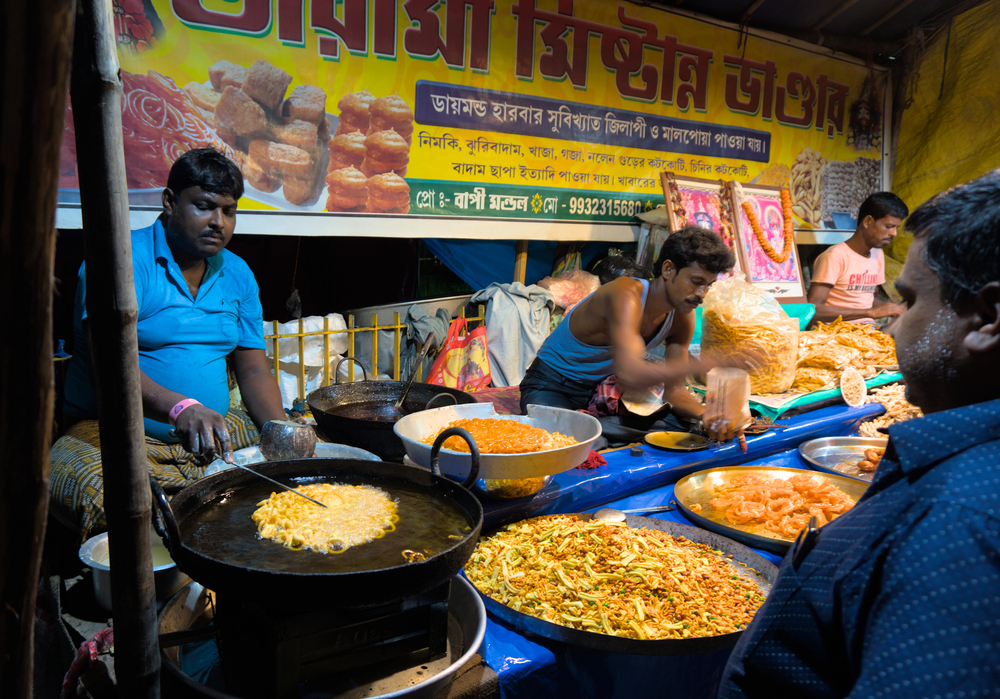
— Photo by RPMedia
Indian street food is legendary — but it can also knock you flat if you’re not careful. Start with places that have high turnover; if locals are eating there and the food’s being cooked fresh, it’s usually safe. Avoid anything that’s been sitting out for a while or looks like it’s been reheated. Your stomach will need time to adjust — so ease into it gradually rather than diving headfirst into every spicy snack you see.
Carry a Water Bottle with Purification
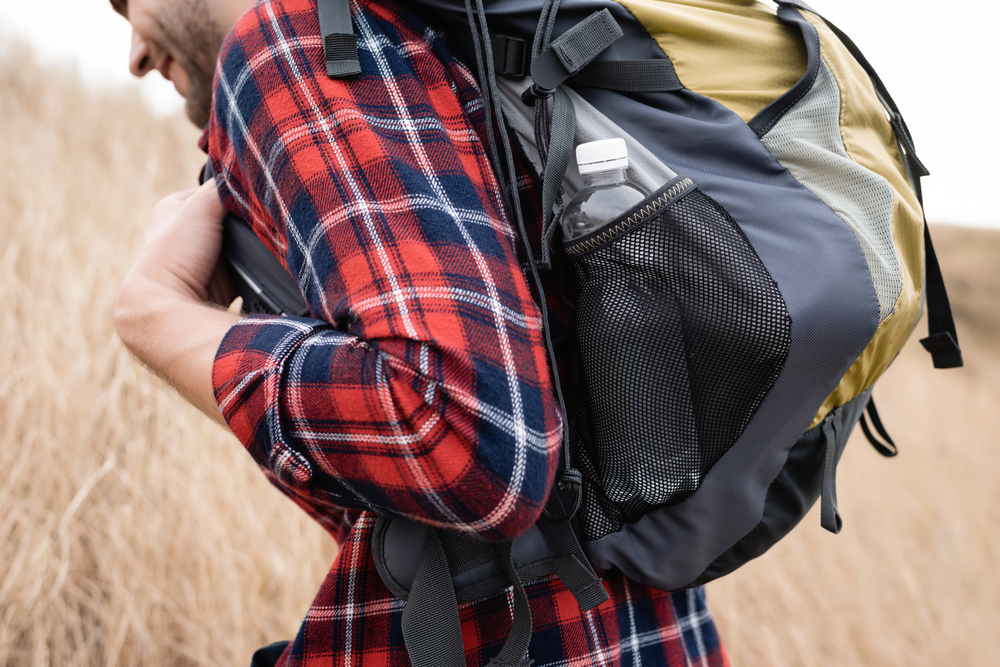
Tap water in India isn’t safe for most foreign visitors. Carry a good water bottle with a built-in filter or purification tablets — many places sell bottled water, but buying constantly gets expensive and creates plastic waste. Some hotels and restaurants offer filtered water refills — which is both economical and environmentally friendly. Staying hydrated is crucial, especially in India’s heat.
Respect Local Customs and Dress Codes
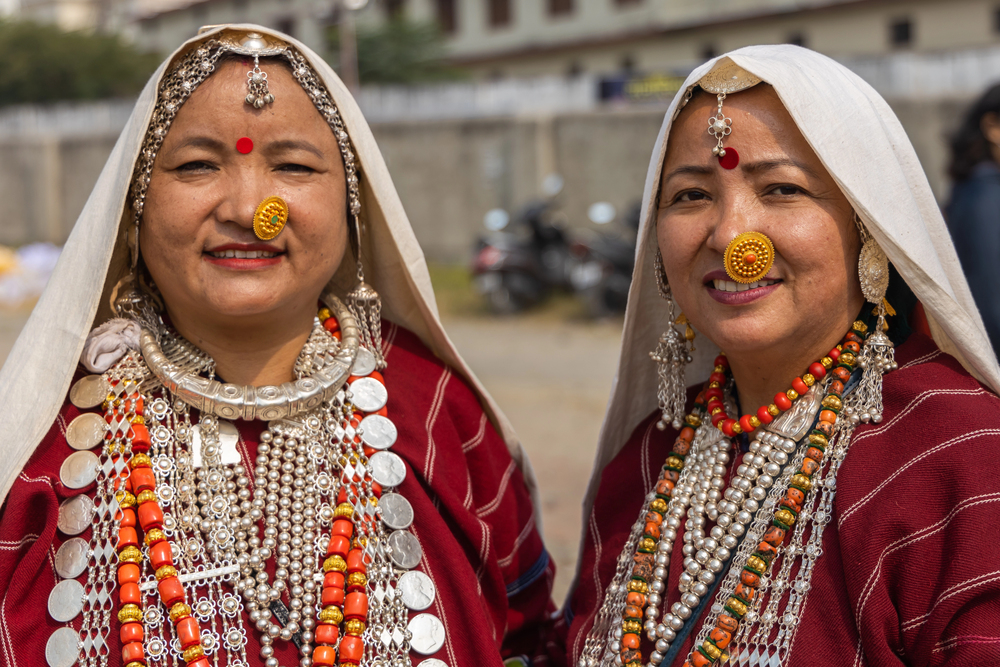
— Photo by sandybisht7434.yahoo.co.in
India is culturally conservative — and dressing appropriately shows respect while helping you blend in. Cover your shoulders and knees, especially when visiting religious sites. Remove shoes before entering temples and homes. Many temples have specific dress requirements, and some don’t allow non-Hindus inside certain areas. Understanding these customs beforehand prevents awkward situations and demonstrates respect for local traditions.
Use Ride-Sharing Apps in Major Cities

— Photo by Mojahid_Mottakin
Uber and Ola (India’s equivalent) work well in major cities and eliminate the haggling process. The drivers usually speak some English, and you can track your route to ensure you’re not being taken for a ride literally. These apps also give you upfront pricing, which is helpful when you’re still learning what constitutes a fair fare. Keep cash handy, as not all drivers accept card payments.
Keep Important Documents Secure

— Photo by perfecky
Make multiple copies of your passport, visa, and other important documents. Store them in different places: your backpack, daypack, and email. Many internet cafés and hostels can help you make copies if needed. Consider using a money belt or hidden pouch for your passport and emergency cash. Losing your passport in India involves a lot of bureaucracy, so prevention is key.
Learn the Head Wobble

Indians have a unique head gesture that can mean yes, no, maybe, or ‘I understand’ depending on the context. This side-to-side head wobble is part of the communication style, and learning to read it helps you understand what people are really saying. Don’t worry about perfecting it yourself; foreigners doing the head wobble often gets a laugh, which is a great icebreaker.
Plan for Festival Seasons
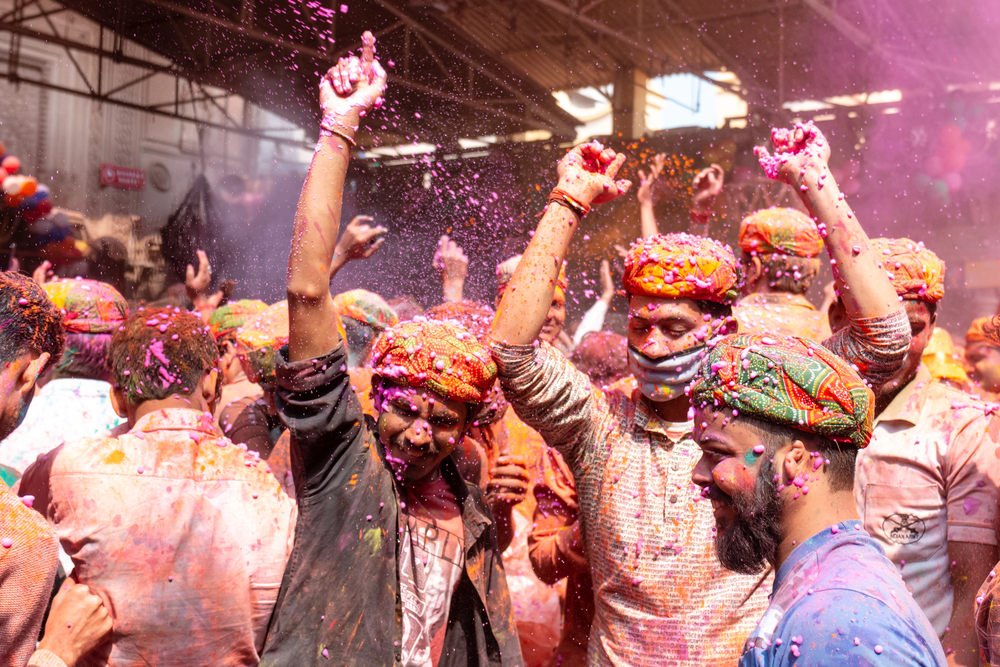
— Photo by AbhishekMittal
India’s festival calendar is packed, and these celebrations can significantly impact your travel plans. During major festivals like Diwali or Holi, transportation gets crowded and expensive, while many businesses close. However, being in India during festival time is an incredible cultural experience. Research the festival calendar before you go, and either plan around major holidays or embrace them as part of your adventure.
Budget for Entrance Fees
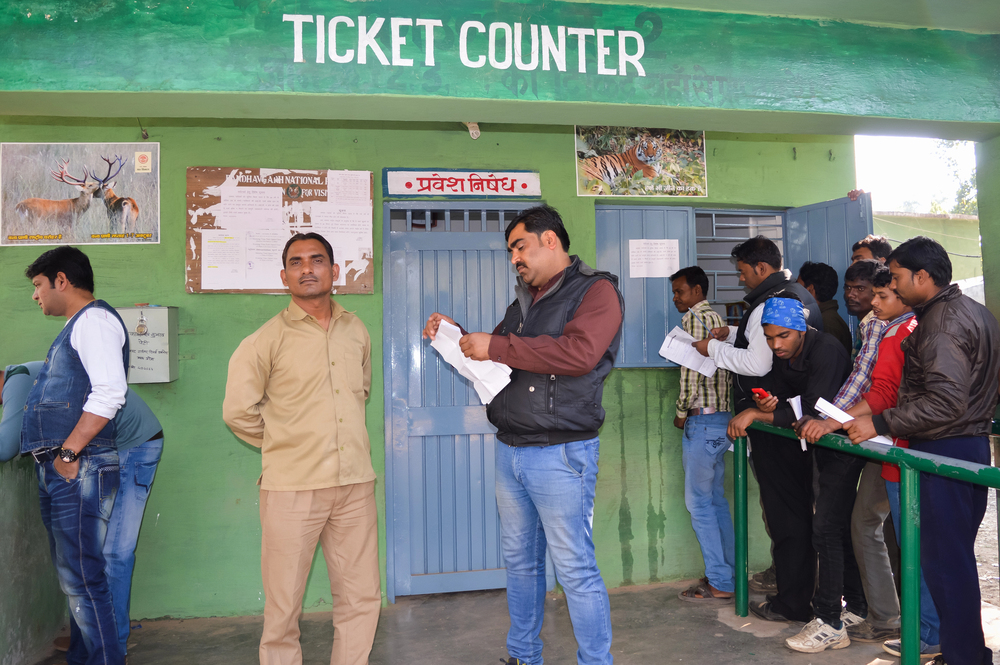
— Photo by SB_Stock
Many of India’s top attractions charge entrance fees, and they can add up quickly. The Taj Mahal alone costs about $15 for foreign visitors. Many places offer student discounts if you have an international student ID card. Some attractions have different pricing for Indians versus foreigners, which might seem unfair, but it’s standard practice. Factor these costs into your budget so you don’t have to skip places you really want to see.
Connect with Other Travelers

India’s backpacker network is strong, and other travelers are goldmines of current information. Hostels usually have bulletin boards or common areas where people share tips and sometimes travel plans. Facebook groups and travel forums specific to India are incredibly helpful for real-time advice. Sometimes joining up with other travelers for certain legs of your journey makes sense, especially for more remote areas.
Stay Flexible with Your Plans
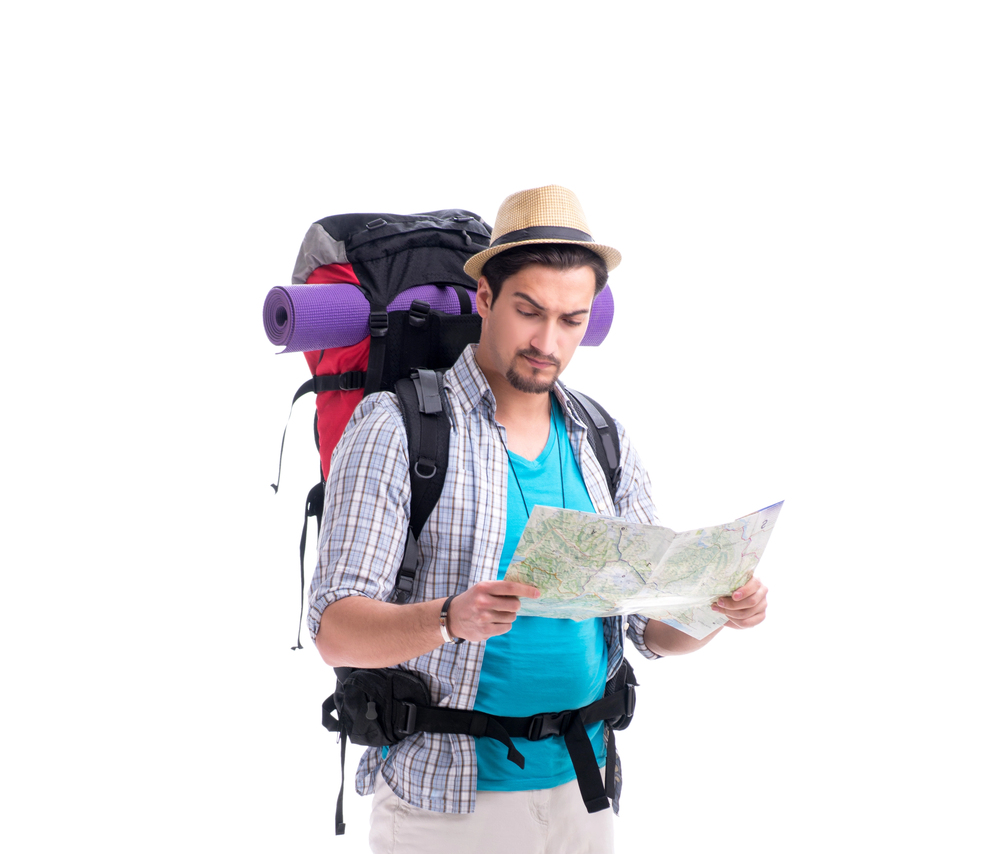
India has a way of changing your plans whether you like it or not. Trains get delayed, attractions close unexpectedly, and weather can alter your route. Build flexibility into your itinerary and don’t pack your schedule too tightly. Some of the best experiences happen when you’re forced to deviate from your original plan. Think of delays and changes as opportunities rather than obstacles.
The Magic Still Happens
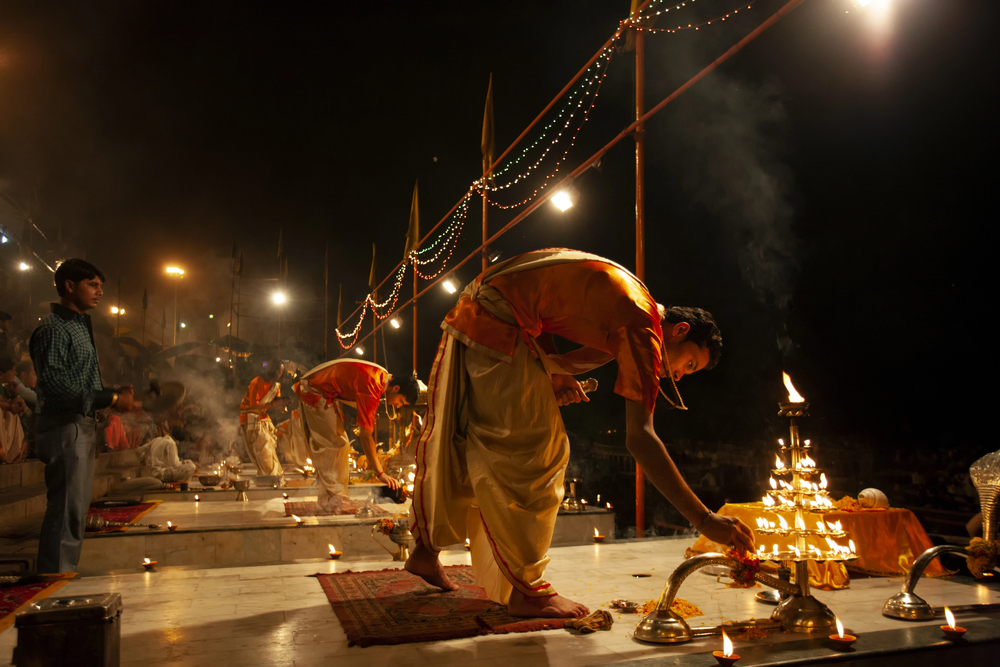
— Photo by palko72
Despite all the challenges, India remains one of the world’s most transformative travel destinations. The chaos that initially overwhelms you eventually becomes part of the rhythm you learn to dance with. Modern India offers incredible diversity: from the tech hubs of Bangalore to the ancient spirituality of Varanasi, from the beaches of Goa to the mountains of Himachal Pradesh. Solo travelers who approach India with patience, respect, and an open mind often find it becomes their most memorable adventure, the trip that changes how they see both the world and themselves.
More from Travel Pug

- 20 Best Beach Towns in the Carolinas
- 13 Destinations Where Tourists Regularly Regret Their Trip
- 20 Things You Actually Get in First Class
- 20 Small Airports With Aviation Museums
- 20 Places in the U.S. That Are Perfect for a Reset Trip
Like Travel Pug’s content? Follow us on MSN.
